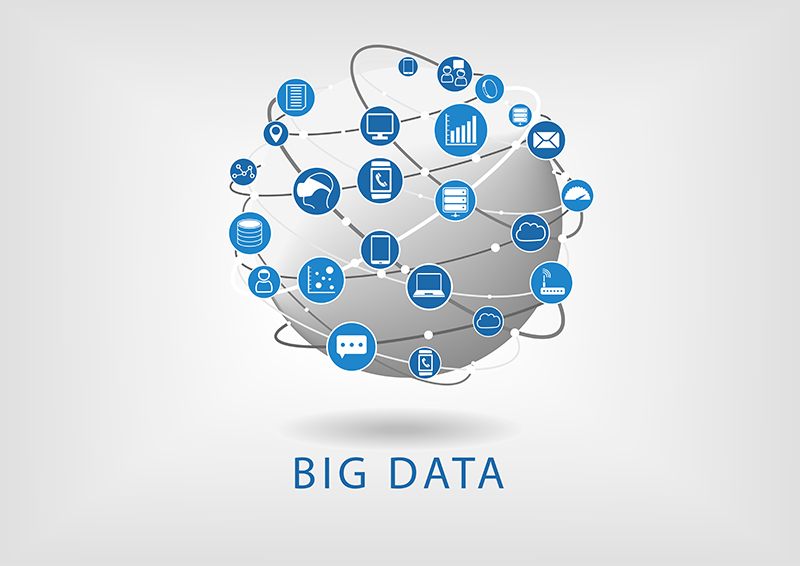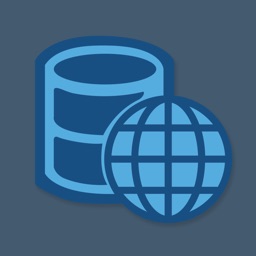Learn Big Data For Free

Hadoop Tutorial for Beginners - Learn Hadoop in simple and easy steps starting from basic to advanced concepts with examples including Big Data Overview, Big Data Solutions, Introduction to Hadoop, Enviornment Setup, HDFS Overview, HDFS Operations, Command reference, MapReduce, Streaming, Multi-Node Cluster.
Big Data Tutorial
There are expected to be 4.4 million big data jobs by 2015 in governments and every sector of industry. Combine this with a shortage of people trained to carry out the analysis needed (predicted to be nearly 200,000 by 2018) and depending on your point of view you have either a lot of unfilled vacancies, or a lucrative career ahead of you.But won’t you need a degree and relevant experience? Well, possibly. Not everyone can afford to spend years going back to college and retraining, but there are alternatives.Increasingly colleges and universities are putting courses online where they can be studied for free. You may not get a degree at the end, but that might not be important. IBM big data evangelist James Kobielus said in 2013 “academic credentials are important but not necessary for high-quality data science. The core aptitudes – curiosity, intellectual agility, statistical fluency, research stamina, scientific rigor, skeptical nature – that distinguish the best data scientists are widely distributed throughout the population.”Some of the courses do offer certificates of completion or other forms of accreditation, which can certainly go on your CV to impress potential employers.Of course if you’re not in the employment market – say you run your own business – then these are valuable purely for the knowledge they can give you.
There’s no reason that a reasonably competent person couldn’t use that knowledge to launch their own data strategy and reap insights, whatever their business.


Learn Big Data For Free Online
About this learning pathData is comprised of bits and bytes, and as humans we are immersed in data in our every-day lives. The value that data holds can only be understood when we can start to identify patterns and trends within the data that then trigger questions to better understand the impact of our actions. This learning path is designed move participants from an initial understanding of Big Data terms and concepts to working with tool sets to dig into the data itself and start identifying the patterns and trends that would otherwise go unnoticed.Come along and start your journey to receiving the following badges:.